Introduction to Linear Motor Control Methods
Linear motors are motors that can directly convert electrical energy into linear motion. They are widely used in automation, robotics, precision machining and other fields. Compared with traditional rotary motors, linear motors have the advantages of simple structure, fast response and high control accuracy. In order to give full play to the performance of linear motors, reasonable control methods are particularly important. This article will introduce several common linear motor control methods, including PID control, fuzzy control, sliding mode control and adaptive control.
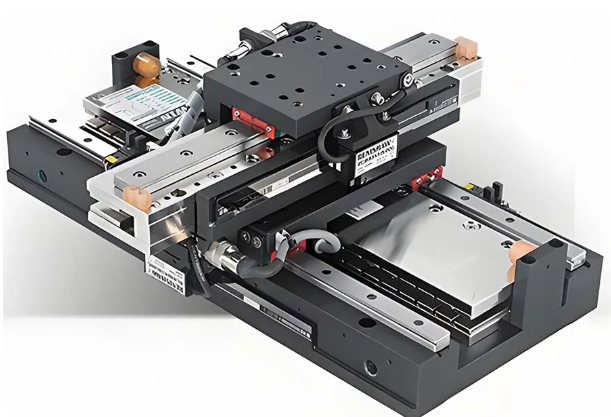
1. PID Control
PID (proportional-integral-differential) control is a classic feedback control method widely used in industrial control systems. In linear motor control, the PID controller adjusts the input signal to achieve the desired motion state by monitoring the position, speed and acceleration of the motor in real time.
1.1 Principle
PID controller consists of three parts:
Proportional control (P): Adjust according to the current error (the difference between the target position and the actual position). The larger the error, the stronger the control effect.
Integral control (I): Accumulate past errors, eliminate steady-state errors, and ensure that the system eventually reaches the target position.
Differential control (D): Predict the trend of error changes, provide predictive control, and reduce overshoot and oscillation.
1.2 Advantages and Disadvantages
Advantages: Simple and easy to implement, suitable for most linear systems, and can effectively improve the stability and response speed of the system.
Disadvantages: For nonlinear systems and time-varying systems, the performance of PID control may not be ideal, and the process of adjusting parameters is also relatively complicated.
2. Fuzzy Control
Fuzzy control is a control method based on fuzzy logic, which is suitable for dealing with uncertainty and nonlinear problems. In linear motor control, the fuzzy controller derives the control output through fuzzy rules, which can effectively cope with the dynamic changes of the system.
2.1 Principle
The fuzzy controller mainly includes four parts: fuzzification, rule base, reasoning mechanism and defuzzification. First, the input variables (such as position error and speed error) are fuzzified, and then reasoning is performed according to the preset fuzzy rules, and finally the output results are defuzzified to obtain the control signal.
2.2 Advantages and Disadvantages
Advantages: No accurate mathematical model is required, it can handle complex and uncertain systems, and it has strong adaptability.
Disadvantages: Experience is required to design fuzzy rules, system performance depends on the quality of the rule base, and the debugging process may be cumbersome.
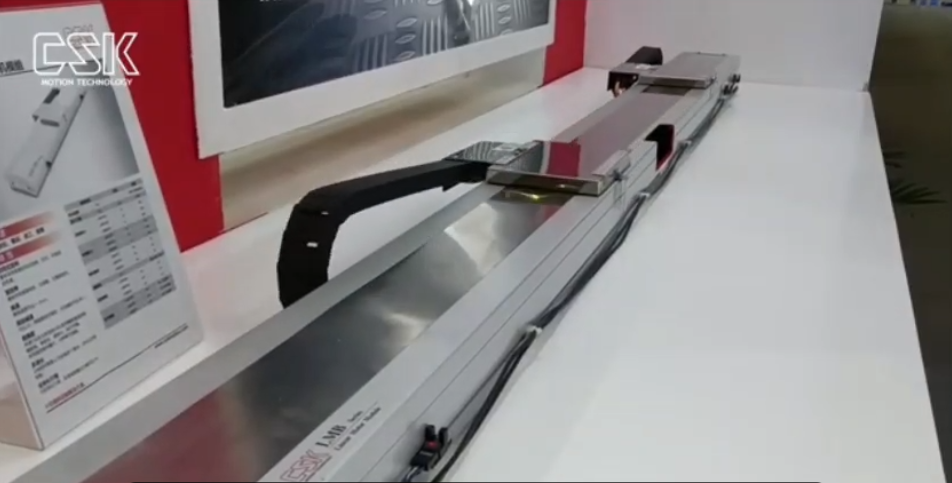
3. Sliding Mode Control
Sliding mode control is a robust control method that can effectively deal with the uncertainty of system parameters and external disturbances. Its core idea is to control the system by designing a sliding surface so that the system state slides on the sliding surface.
3.1 Principle
The design process of sliding mode control generally includes two steps:
Selection of sliding surface: Select a suitable sliding surface so that the system state can slide on the sliding surface.
Design of control law: Design the control law so that the system state remains stable on the sliding surface and quickly reaches the target state.
3.2 Advantages and disadvantages
Advantages: It has strong robustness to system parameter changes and external disturbances, and is suitable for high-precision control occasions.
Disadvantages: Frequent control switching may cause “jittering” phenomenon, and the design process is relatively complicated.
4. Adaptive Control
Adaptive control is a control method that can automatically adjust control parameters according to system dynamic changes, and is suitable for systems with uncertain or changing parameters.
4.1 Principle
Adaptive control systems usually include two parts:
Controller: Generates control signals based on the current system state.
Adaptive mechanism: monitor system performance in real time and adjust controller parameters according to the set performance indicators.
4.2 Advantages and Disadvantages
Advantages: Able to cope with changes in system parameters and suitable for complex and uncertain control environments.
Disadvantages: Design and implementation are relatively complex and may require strong computing power.
5. Other Control Methods
In addition to the above control methods, other advanced control strategies can also be used in linear motor control, such as neural network control and model predictive control (MPC). These methods usually combine modern control theory with machine learning technology to further improve control accuracy and system performance.
Conclusion
In practical applications, the selection of appropriate control methods requires comprehensive consideration based on specific system requirements, performance indicators and environmental conditions. With the continuous advancement of technology, future linear motor control methods will become more intelligent and efficient, promoting the automation and precision development of various industries.





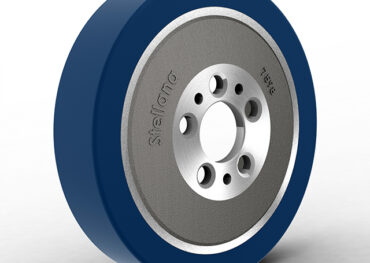
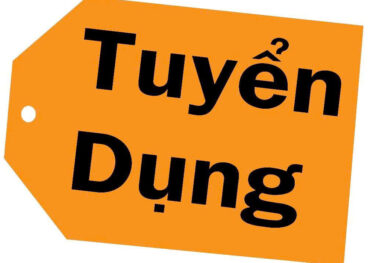
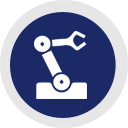


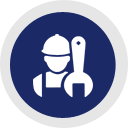



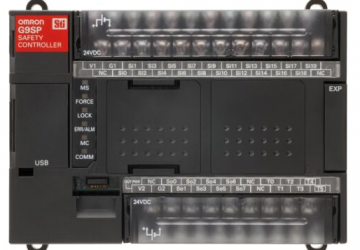
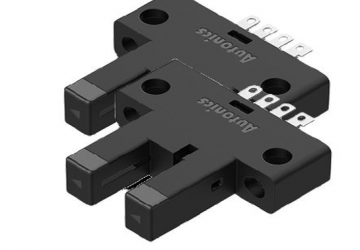

0 Comments